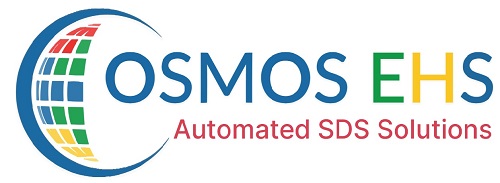Safety Data Sheets (SDS) play a crucial role in maintaining workplace safety by providing essential information about hazardous chemicals. Here are several reasons why SDSs are important in the workplace:
1. Hazard Communication
SDSs facilitate effective hazard communication by providing detailed information about the hazards associated with chemicals used in the workplace. This information helps workers understand the potential risks involved and take appropriate precautions to protect themselves.
2. Risk Assessment
SDSs enable employers and workers to conduct thorough risk assessments by providing information on the physical, health, and environmental hazards of chemicals. This allows for the implementation of appropriate control measures to minimize risks and prevent accidents.
3. Safe Handling and Use
SDSs offer guidance on the safe handling, storage, use, and disposal of hazardous chemicals. By following the instructions and recommendations outlined in the SDSs, workers can reduce the likelihood of accidents, spills, and exposures.
4. Emergency Response
In the event of a chemical spill, leak, or exposure, SDSs provide critical information for emergency response personnel. This includes guidance on first-aid measures, firefighting procedures, and appropriate personal protective equipment (PPE) to use during emergencies.
5. Training and Education
SDSs serve as valuable educational tools for training workers on the hazards associated with the chemicals they work with. Employers can use SDSs to develop training programs that raise awareness about chemical hazards and promote safe work practices.
6. Compliance with Regulations
SDSs are required by law in many countries as part of regulatory frameworks such as the Occupational Safety and Health Administration (OSHA) Hazard Communication Standard in the United States. Ensuring that SDSs are readily available and up-to-date helps employers comply with regulatory requirements and avoid potential fines or penalties.
7. Protection of Health and Environment
By providing information on the toxicological and ecological properties of chemicals, SDSs help protect both human health and the environment. Workers can take appropriate precautions to minimize exposure to hazardous substances, and proper disposal methods can be implemented to prevent environmental contamination.
8. Documentation and Record-Keeping
SDSs serve as important documentation that can be referenced during workplace inspections, audits, or investigations. Keeping accurate records of SDSs demonstrates a commitment to workplace safety and compliance with regulations.
Overall, Safety Data Sheets are essential tools for promoting a safe and healthy work environment, ensuring compliance with regulations, and minimizing the risks associated with hazardous chemicals in the workplace.
